Welcome to this practical guide dedicated to one of the treasures of the Mediterranean garden: the olive. If you are fortunate enough to have an olive tree in your garden, you are probably wondering about the best way to harvest and preserve your olives. Indeed, successfully completing these key steps will allow you to fully enjoy your olives, whether to savour them fresh, in tapenade, or even as homemade olive oil. In this article, you will discover all the tips and advice necessary for optimal harvesting and sustainable preservation of your garden olives. So, prepare your baskets and gloves, the olive season is fast approaching!
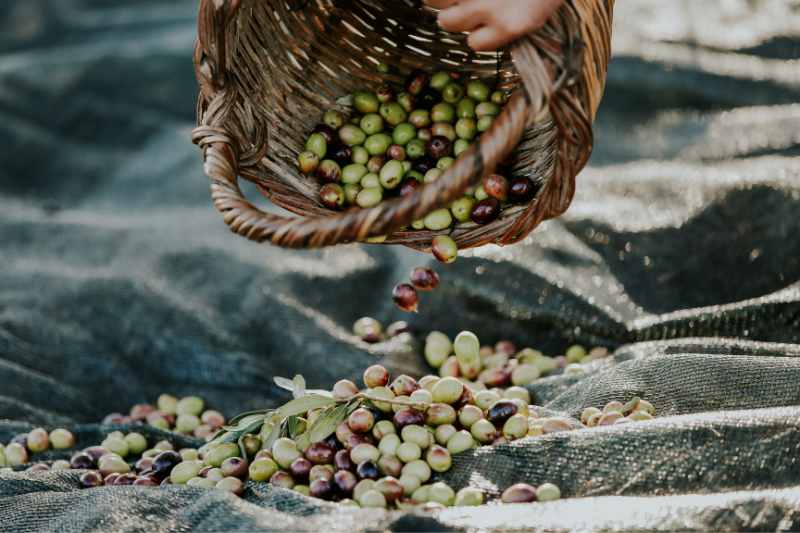
Can you really harvest your own olives everywhere?
The cultivation of the olive tree is generally associated with warm, dry Mediterranean climates, where this iconic tree thrives fully. However, it is possible to grow an olive tree in more northern regions, including Belgium, but you will often need to opt for pot cultivation. The olive tree is a robust tree that can adapt to various climatic conditions, provided certain precautions are taken.
There are indeed varieties of olive trees specifically adapted to colder, wetter climates. Among them, the 'Arbequina' variety is particularly cold-resistant and can withstand temperatures down to -10 degrees Celsius. Other varieties such as 'Leccino', which is tolerant to cold and diseases, or 'Picholine', suited to temperate climates, are also noteworthy. Additionally, pot cultivation methods allow for moving the tree indoors during the coldest months, offering some flexibility for growing in a more northern climate. However, keep in mind that, even though olive cultivation is feasible outside the Mediterranean basin, fruiting will remain anecdotal.
The success of growing an olive tree, especially in the north, also depends on other factors such as soil drainage, sun exposure, and protection from strong winds. Well-drained soil will prevent root rot, particularly in regions with higher rainfall. Good sun exposure will promote tree growth and fruit ripening.
To harvest olives in cooler climates, you may need to adjust your expectations. The harvest may be less abundant or even non-existent, and the fruits, if any, will be much smaller. Nevertheless, with good cultivation practices and possibly the use of protective techniques such as winter covers, obtaining some olives north of the so-called olive zone (Provence, Côte d'Azur, Languedoc-Roussillon...) is not (or no longer!) a completely unrealistic dream.
To learn more about the Olive Tree, feel free to dive into the reading of Olive: planting and pruning.

When to harvest olives?
Green olives
If you desire green olives, you should pick them earlier, usually in September or October, when the fruits are still green but have reached their maximum size. These olives are particularly good for preparing tapenades or other types of preserves.
A ripe green olive will have reached its maximum size and will display a uniform green colour, without brown or yellowish spots. The fruit will also feel firmer to the touch compared to a mature olive.
Another simple test to assess the maturity of the olive is the "twist" test. Gently take the olive between your fingers and try to twist it. If it turns easily on its axis, it means it is ready to be harvested. The texture of the skin can also be an indicator. A ripe olive will have a smooth and slightly shiny skin.
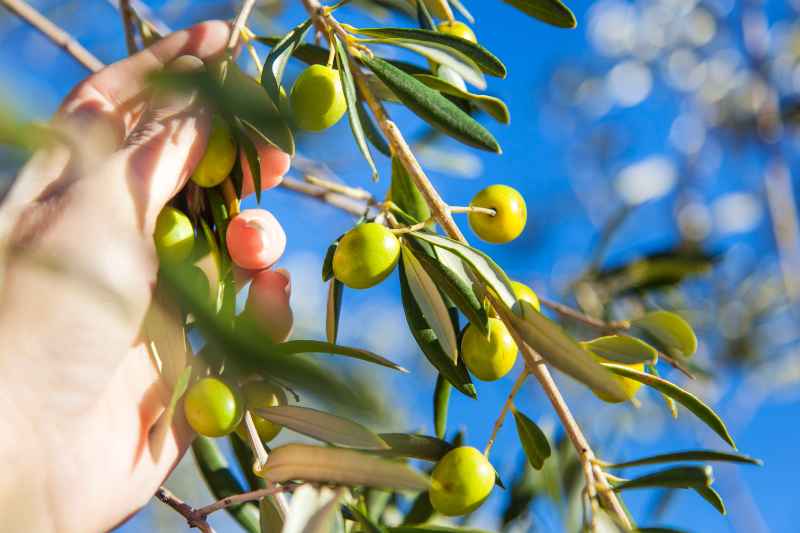
Black olives and those for olive oil production
For black olives or for olive oil production, it is better to wait for the fruits to ripen further, which usually occurs in November or December. At this stage, the olives will have a colour ranging from dark purple to black and will contain more oil, which is ideal for quality extraction.
It is important to closely monitor the ripeness of the olives, as harvesting too early or too late can affect the quality of the fruit and its potential use. Moreover, the harvest window can be relatively short, especially if you live in a region where climatic conditions are less favourable for olive cultivation.
A perfectly ripe black olive will have a colour that varies from dark purple to deep black with a smooth and slightly shiny skin. When gently pressing the olive between your fingers, you should feel that the fruit is slightly soft but not shrivelled.
In the case of olive oil production, the acidity level of the fruit is an important criterion. Even though this requires specialised measuring equipment, know that the lower the acidity level, the better the quality of the oil produced. For the amateur gardener, a good empirical test is the "sweating" test. If, when gently pressing the olive between your fingers, you notice that a small amount of oil seeps out, it is a sign that the olive is rich in oil and probably at an ideal stage of maturity for extraction.
Note that overripe olives may have a higher acidity level, which can affect the quality of the oil. Additionally, olives harvested too late may be more susceptible to developing mould or other defects that affect the taste and quality of the oil.
Finally, it may also be useful to taste the olive. A ripe olive will have a fruity taste with bitter and peppery notes. If the olive is bland or has an unpleasant taste, it is certainly either not ripe enough or too ripe.
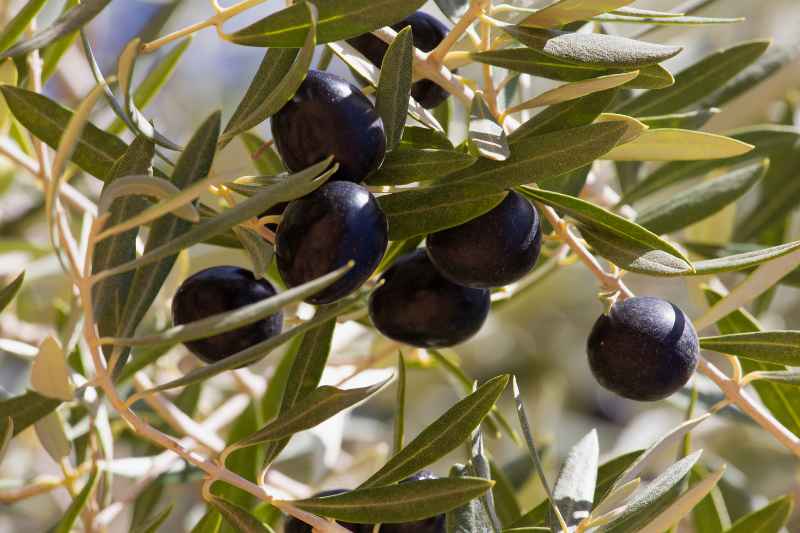
How to harvest your olives?
First of all, you will need a sharp pruning shear for clean cuts, and baskets or cloth bags to collect the olives. Some gardeners also use nets placed under the tree to catch fallen fruits.
When the time comes, choose a dry, sunny day for harvesting. Humidity can compromise the quality of the olives and promote mould growth. There are several methods for picking olives. Some people prefer to do it manually, gently pinching the fruit between their thumb and index finger before removing it from the branch. This method is slower and more delicate but helps to preserve the fruit's condition.
Others use pruning shears to cut small branches bearing clusters of olives. This method is quicker, but you will then need to sort the olives and remove leaves and small branches.
If your olive tree is large, you might consider using special combs or "shakers" that shake the branches to drop the fruits. This method is more suitable for olive oil production, as it can damage the fruits, making them less aesthetically pleasing for table olives.
After harvesting, carefully sort your olives to remove leaves, twigs, and damaged fruits. Depending on your project, you can then proceed to prepare the olives for preservation or for oil production.
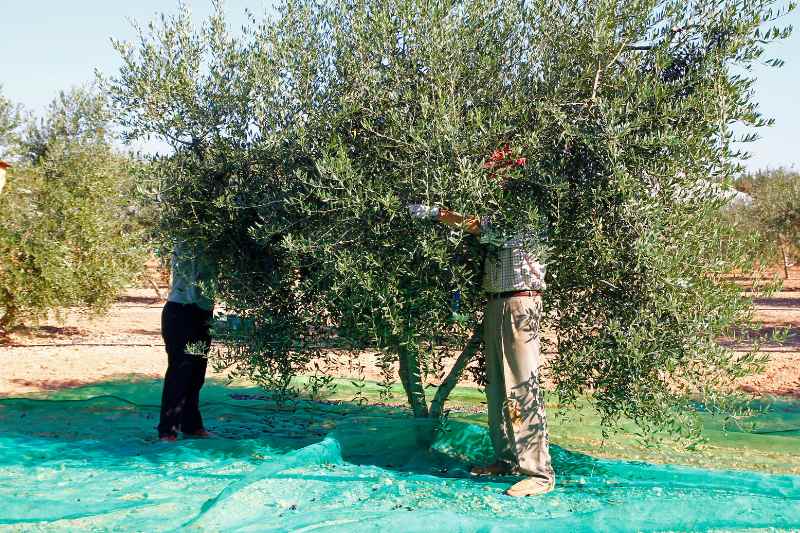
Preserving freshly harvested olives: debittering
Warning!!: freshly harvested olives are not edible as they contain bitter compounds called oleuropeins. It is necessary to go through a debittering step to make them palatable. This step can be done by various methods, such as brining, soaking in a solution of water and caustic soda, or even sun drying. Once this debittering process is complete, the olives can be preserved according to your chosen method, whether it be brining, oil, drying, or freezing.
Here are some commonly used methods to remove the bitterness from olives:
Brining
This method involves immersing the olives in a solution of salt and water for several weeks. The salt helps to extract oleuropein, the bitter compound. You will need to change the brine regularly until the olives reach the desired level of sweetness.
Water
Soaking olives in fresh water, changing it daily, is another method to eliminate bitterness. This method can take several weeks.
Sophie’s funny anecdote: "I knew an old chap around here who soaked his olives in the toilet tank. He said: well, it’s less work! Every time I flush, they get rinsed!"
In ash
Ash contains potash and soda which help to remove the bitterness from olives. Prepare a mixture of ash and water until it reaches a paste-like consistency. Cover the olives with this mixture, for example, in a large pot, and let it sit for 1 to 2 weeks. After this period, rinse the olives with water. Using ash reduces the debittering time compared to simple soaking in water.
For your information: Using caustic soda (lye) can speed up the debittering process, but it is an industrial method not well suited for individuals. The olives are immersed in a caustic soda solution for a few hours. After this treatment, they must be thoroughly rinsed and placed in brine to complete the debittering and preservation process.
Scoring
This traditional method involves making incisions on the olives or slightly splitting them before placing them in brine. This technique helps to accelerate the extraction of oleuropein.
Different methods of preserving olives
Brining is one of the most popular methods for preserving table olives. To do this, immerse your olives in a solution of salt and water, often with the addition of herbs or spices for flavour. The salt concentration should be around 8 to 10%. Olives preserved this way can be stored for several months, even up to a year if kept in a cool, dark place.
If you prefer dried olives, you can spread them on trays and let them dry in the sun. Once completely dried, they can be preserved in olive oil with herbs or spices for added flavour. This method is particularly appreciated in Mediterranean regions.
For those wishing to produce their own olive oil, pressing is the method of choice. It is important to press the olives as soon as possible after harvesting to ensure low acidity and better oil quality. You can take your olives (at least several dozen kilos) to a professional or try your hand at it with your own press if you manage to find one. Once pressed, the olive oil should be stored in airtight bottles away from light and heat.
Freezing is another option for preserving olives, although this may affect their texture. If you choose this method, ensure that the olives are well cleaned and dried before placing them in the freezer.
It is important to note that regardless of the preservation method you choose, it is essential to sort the olives before preserving them. Eliminate all olives that are rotten, mouldy, or damaged to avoid contaminating the rest of the batch.
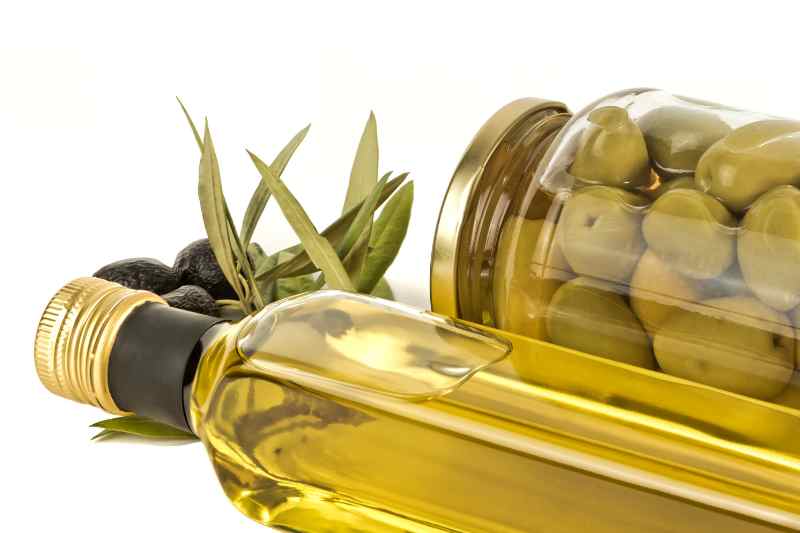
Necessary equipment for harvesting
- Gardening gloves : To protect your hands from rough branches and leaves.
- Pruning shears: A sharp pruning shear for making clean cuts without damaging the branches of the olive tree.
- Baskets or cloth bags: To collect the harvested olives.
- Harvest nets: If your olive tree is large, nets placed under the tree make it easy to collect fallen olives.
- Ladder: To reach higher branches, ensure it is stable and suitable for the surface you are working on.
- Olive combs or shaker: For large olive trees or for a more industrial harvest, these tools can speed up the process.































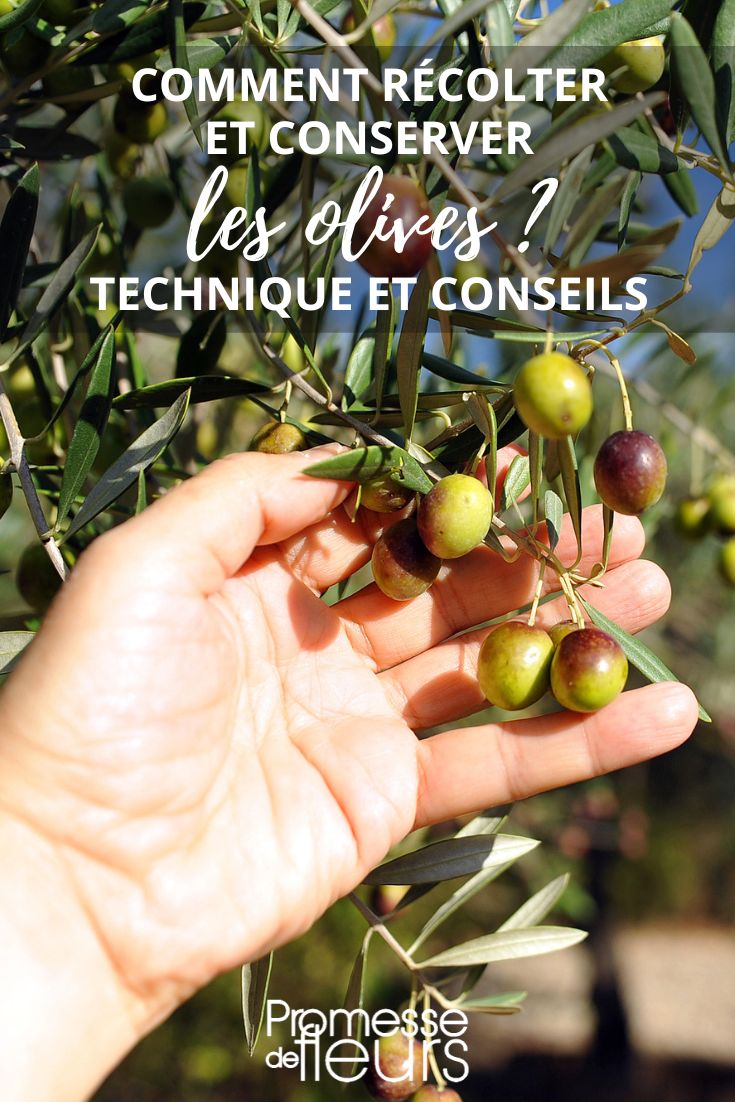
Comments